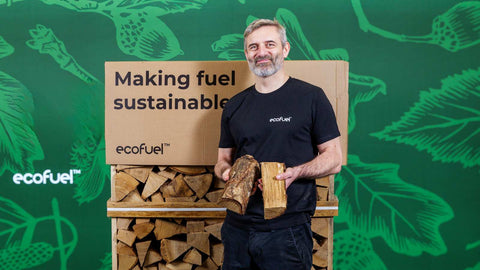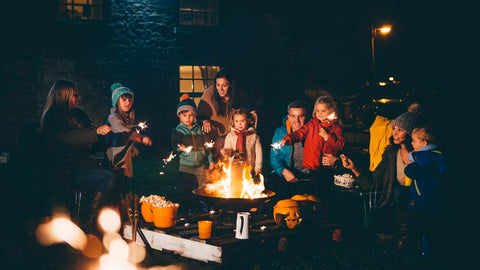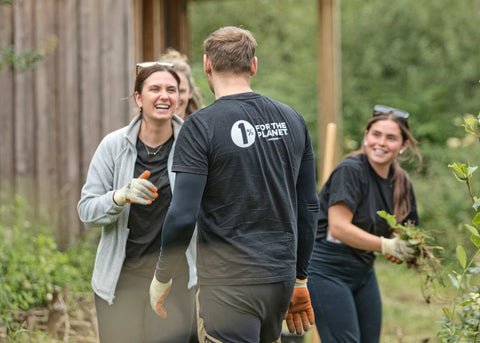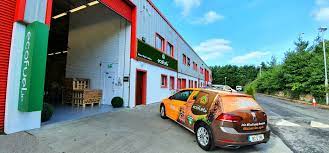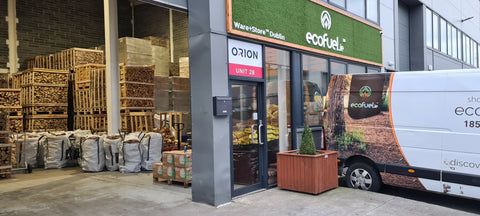What looks like saving isn’t
Every winter, we chase the same comfort: a warm room, a steady flame, a little peace after a long day. And every winter, thousands of households fall for the same idea, that the cheapest wood is the smartest buy.
We all do it. The sticker price pulls us in. The bag feels heavy. It looks like firewood. It smells like firewood. But not all wood burns the same, and not all heat is equal.
Most low-cost firewood in Ireland is seasoned softwood, local, legal if sold under EPA registration, but light and fast-burning. It meets today’s 25 % moisture limit, yet still burns out quickly and leaves smoke behind.
What feels like thrift often ends in frustration: shorter burns, colder rooms, more trips to the shed. We call that the firewood trap, mistaking the lowest price for the best value.
The truth behind the flame
Firewood isn’t just about price; it’s about physics.
Softwood logs like pine or spruce contain less energy per kilo than hardwoods such as oak, ash, or birch. Add Ireland’s damp air and uneven storage, and that seasoned softwood often reabsorbs moisture. When you light it, part of the heat goes into evaporating water instead of warming your home.
That’s wasted energy and wasted money.
You burn more to get the same warmth. You clean more often. The stove works harder. The air fills with smoke.
We’ve learned this the hard way, too. Every house has, at some point, a cold fire that never quite catches, a blackened stove door, a room that never warms.
Dry wood, done right
The answer isn’t complicated. It’s care.
At ECOFUEL™, every log we make is dried in biomass-powered kilns until the moisture falls below 18 %, beyond the standard, beyond guesswork. The waste from one process fuels the next: waste wood powers the preparation of cleaner fuel. The difference shows the moment the match touches the log. Fast ignition. Bright flame. Real heat.
Hardwoods like oak, ash, and birch hold more energy per piece, so you burn less and stay warm longer. That’s the quiet work behind a better fire.
The air we all share
Smoke doesn’t stop at your chimney.
It drifts down the road, over fields, through open windows. Ireland’s Clean Air Strategy was written for this reason, to help us all heat our homes without harming the air around us.
Every certified Ready to Burn log helps. Each cleaner fire means fewer fine particles (PM 2.5) in our air and less soot, less haze, and fewer silent costs.
Clean air isn’t a regulation. It’s a right.
The way forward
You can avoid the trap by asking simple questions: What kind of wood is this? How dry is it? Who certified it? Is it sold under an EPA registration?
If the answers are clear: hardwood, under 20 %, Ready to Burn, EPA-registered, and you’ve already changed the story.
A fire should never be a gamble.
It should burn the way nature intended, clean, bright, and honest.

